Prototyping Games As A Hobby
Time is your enemy
Over my career, I have acquired technical skills to prototype features by myself, and to demonstrate their purposes with playable content. I had the opportunity to design and script combats for South Park: The Fractured But Whole, game modes for XDefiant, and AI systems for both Avatar: Frontiers Of Pandora and Assassin's Creed: Codename Red.
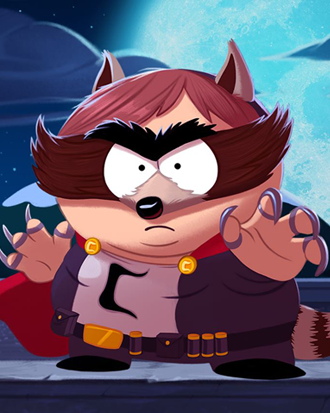 |
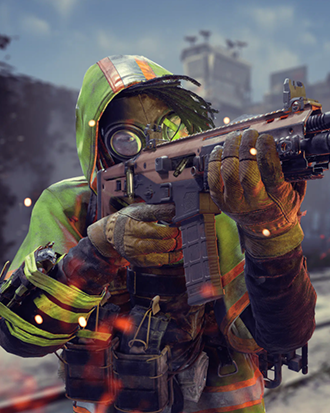 |
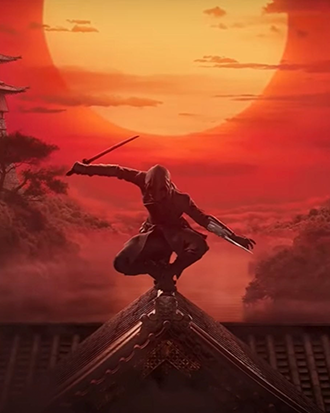 |
As you may have noticed, I also spend a lot of my free time developing side projects on Unity. Prototyping your own games is great experience – but there are traps that you should avoid. The most important one that I learnt over the years is "time is your enemy".
The fact is that creative people tend to dream big – too big. Myself, I used to start developing very complex prototypes that would have taken me years to implement. Yet, the longer a production is, the more likely you drift away from your original concept. And the more you drift away, the longer the production becomes.
|
At the end, you may suffer from a fatigue that is characterized by:
lt happened to me multiple times – and abandoning projects after dedicated years of your life is a hard blow. Hoperfully, I've learnt from these experiences, and this is what I woud like to share today. As you will see, these methodologies can be applied to actual productions – but your projects are worth the same quality, and you shouldn't refrain from using them because "you just work on a prototype". |
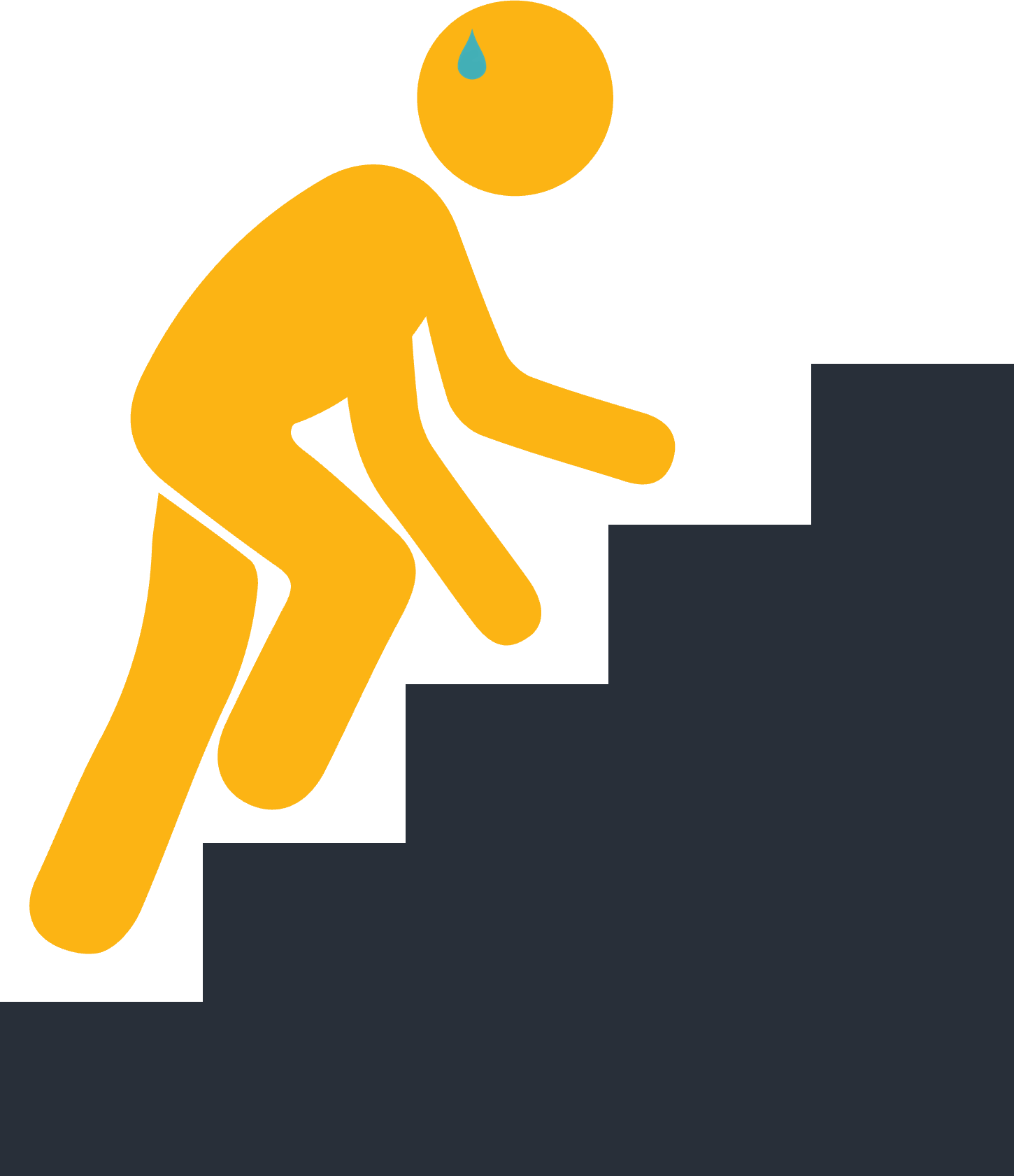 |
1. Have a roadmap
My first advice is to have some kind of roadmap. You need to have a clear idea what you want to achieve, and how long it would take to achieve it. This is a step you really shouldn't underestimate, and I would recommend to always put your roadmap on paper. Ideally, you should stay focused on a core experience that you could achieve in less of a year.
|
Here a document I prepared for Picturesque – an experimental game about photography that I developed few years ago. I usually don't write so many details – but I'm definitely not an expert in this field. It was important for me to first understand what make a good photo before I could find way to gamify the experience. It turns out it's all about the storytelling, color harmonies, composition – and the right balance between focal length, shutter speed and ISO. |
I also always take the time to properly look in the editor – before assessing the complexity and value of the features I would like to implement. From there, I break them down into 4 groups:
- The easy wins I always try to implement first
- The strategic features that require further investment
- The fill-ins I work on when I only have few hours to dedicate
- The bad moves I usually get rid of right away

Here the breakdown of the photography concept I was talking about earlier. It’s a pretty simple Excel file that I used for tracking dependencies and my overall progress. I re-ordered items many times over the production – as I was experimenting with new mechanics, and facing unexpected challenges.

As you can see, I’ve cut a lot of content at the end of the production. I could have spent few additional months to implement these features – but I had other plans, and I felt no frustration cutting them. That's the whole point of having a roadmap: prioritizing the features, reaching MVP as soon as possible, and having the freedom of experimenting any other mechanics afterwards. Or not. Once your prototype is solid enough to demonstrate the potential of your concept, you will be able to stop working on the project as soon as the first signs of fatigue show up.
2. Use time-savers
My second advice is to use as many time-savers as you can. Of couse, you will reach MVP faster and will less likely suffer from a fatigue. However, it goes beyond this point: you should have fun and focus on the creation of the gameplay itself – nothing else is worth your time. Yet, tasks can sometimes be repetitive or complex. They can affect your morale, and you shouldn't feel like "cheating" if you find ways to skip them.
First of all, other developers have probably tried to implement the features you are looking for, and most of them are kind enough to share the code they used. Even if their code snippets don’t provide you with all the functionalities you need, analyzing them can help you understanding the overall logic to follow, the pitfalls to avoid, and you could even improve your own coding.
|
Red Blob Games is a website I used for many of the prototypes I worked on. Amit Patel (the author) experiments all kinds of features such as AI pathfinding, hexagonal grids, polygonal maps generation, 2D visibility algorithms... He shares his entire code, and he explains his discoveries in an interactive and very enjoyable way: the website is both educational and inspiring. I always keep a look at it, and I sometimes brainstorm concepts just based on these algorithms. |
My photography concept featured the extraction and analysis of color harmonies. This mechanic was player-facing and, at some point, I realized that “maybe I should sort the colors in a specific way”. I had absolutely no idea where to begin. So I Googled it, and I found this article where Alan Zucconi explains the whole process to sort colors in a smooth and consistent way. This is exactly what I was looking for, and it only took me few hours to implement it. |
If you can afford it, I also highly recommend buying assets instead of creating your own. Of course, you will save a lot of time - but their greatest value is to compensate your lack of expertise in specific fields. In my case, well… Let’s just say I’m not an artist: stickmen are the best I can draw :). Hopefully, the store is full of amazing assets. Buying characters and environments is an excellent way for me to stay motivated, to improve the signs & feedback, and to pitch concepts that look more tangible and closer to publishable games.
The package above is one best assets I’ve ever bought: Fantasy Heroes Character Editor. It’s a huge collection of pieces of gear that can be equipped on a pre-animated skeleton. You create plenty of different characters in few clicks, and it costs less than 30 Euros – which is very inexpensive for the quality of the asset. This is all-the-more interesting that such assets can be reused across multiple projects. In this case, I amortized it in 3 different games.
I always think about that twice before purchasing anything, so I could minimize my expenses - and save some time by reusing systems that I already know. The same goes for tools that can greatly improve your productivity. They can decrease the complexity of the strategic features enough to turn them into easy wins, and you can even consider implementing features that you would have discarded otherwise. For great examples, have a look at the wishlist "useful tools" at the end of the article.

Finally, you shouldn’t hesitate to take shortcuts – especially if your objective is to prove a concept works and not to publish an actual game. So, if you think a feature is too complex to implement, then just fake it enough for players to foresee its value. Likewise, you can hack functionalities to quickly assess if a feature works as expected – before finding ways to properly implement it. However, this is not something you should repeat on a casual basis: the more often you hack functionalities, the more rigid and instable your prototype becomes. That’s why you should often take the time to refactor and consolidate your code.
3. Communicate
My third and last advice is all about communication.
Some designers are afraid of early feedback, or that someone would steal their ideas. However, feedback is always valuable – and the earlier you realize you could improve your concept, the less time you waste. The truth is that your concept is probably not that original: stats show that many people in the world already had the same idea, and half of them develops it as we speak. And even if someone else has already achieved what you aim for, it doesn’t mean you couldn’t try by yourself and learn takeaways from your own experience.
Sharing your progress after each milestone is a great way to stay motivated all along the project. You may not have a lot to share – but it emphasizes all the small wins you achieve, and you may receive a useful feedback from your community, your coworkers, your friends, or even your family.
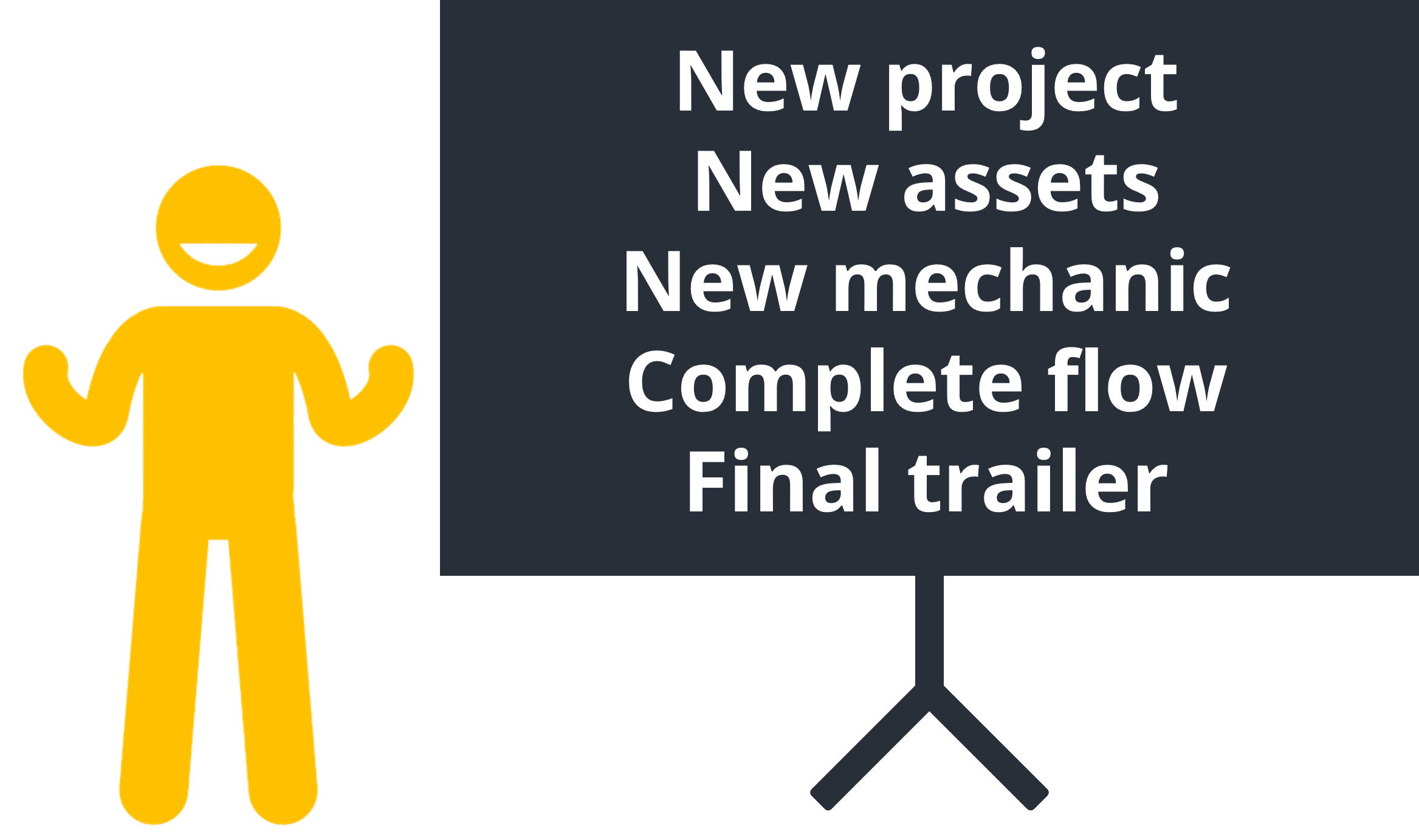
|
You should also feel free to ask for help as often as necessary. Like I previously said, other developers probably know the solutions you need – and getting advice from them can be a real game changer. This is one of the reasons why you should develop your prototypes on an engine with a strong community (such as Unreal or Unity). I developed my first prototypes on a French engine named Shiva 3D. You probably have never heard about it, and that’s because it got crushed by the competition few years after it got released. The company shut down, there were no more updates, and the community was inexistant. Of course, I was afraid to start learning a new engine from scratch – but switching to Unity has been one of the best moves that I’ve ever made. |
 |
Talk to your HR partner
 |
Here few warnings about your legal obligations. Most contracts in the industry prevent employees from working on side projects as they could be considered as a direct competition. However, you can sign clauses that have 2 objectives:
To be honest, it’s quite hard as Game Designers to prove you didn’t use knowledge you have learnt in your company. Thankfully, my employer (Ubisoft) is pretty lenient on this topic, and I went through this process multiple times. |
Note that there may be additional terms according to the studio or the country you work from. This is the reason why you should pro-actively contact your HR partner and discuss about your projects together. You may be tempted to secretly work on them – but it would constitute a direct violation of your contract, and there may be consequences. It would be even more a shame that you would refrain from sharing any content and getting proud of your achievement.
Summary
You need to have a roadmap: not something very detailed – but at least put on paper what you want to achieve, and how you plan to do so. Use as many time-savers as possible: look for references, buy assets, invest in tools, and take shortcuts – as long as you’re not building a house of cards. Communicate: join a community, ask for help, and share your progress every time you achieve a small win.
If you already have an idea, just do it! Designing concepts, implementing them in an engine by yourself, and proving they do work with playable content – is a great experience I would recommend to anyone. It’s fun, rewarding, and you can even learn takeaways for your everyday life as a Game Designer.
I hope you enjoyed the read. Here few wishlists from the Unity Asset Store to inspire you:

